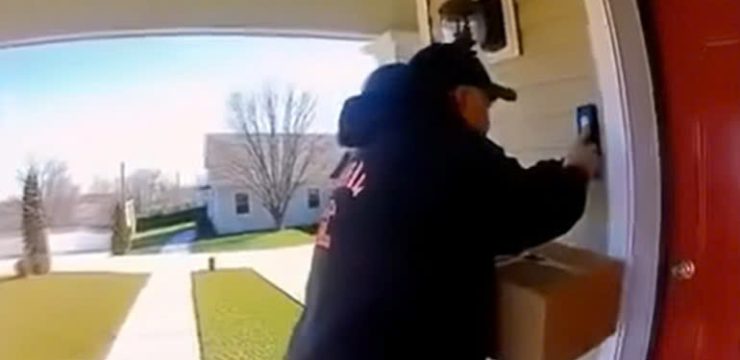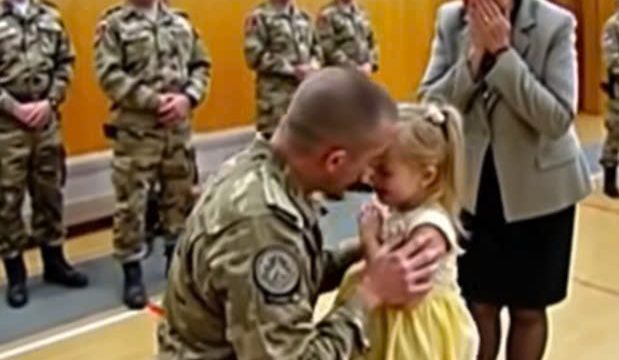When it comes to personal space, humans are usually pretty good at respecting boundaries. But dogs? Not so much. For them, the rules of privacy don’t really exist. Dogs are loyal, loving, and endlessly entertaining companions, but they also have some habits that can leave their owners blushing—like when they suddenly decide to press their nose into someone’s crotch. While it might feel awkward or even embarrassing to us, for dogs, it’s just another way of saying hello. Understanding this behavior starts with understanding just how incredible a dog’s sense of smell truly is.

A dog’s nose isn’t just a tool—it’s a superpower. While humans have around six million scent receptors, dogs have as many as 300 million. That means their sense of smell is roughly 10,000 times stronger than ours. Their brains are also wired differently; about 40 times more of a dog’s brain is dedicated to processing smells compared to a human’s. This allows them to detect even the faintest scent, which is why they can locate missing persons, detect drugs, or even sense changes in blood sugar and cancer cells.
Dogs also have a unique biological feature called the Jacobson’s organ, or the vomeronasal organ, located just above the roof of their mouth. This organ allows them to detect pheromones—chemical signals that communicate specific information about another living being’s mood, health, gender, or even fertility. For dogs, sniffing isn’t just curiosity; it’s their primary way of gathering information about the world and the beings around them, including humans.
So, why the crotch? The answer lies in how our bodies emit certain scents. Humans have specialized sweat glands known as apocrine glands, located mostly in the armpits and the groin area. These glands release pheromones, carrying chemical messages that dogs can easily detect. Because armpits are harder for them to reach, dogs instinctively go for the next best spot—the crotch area. It’s not about dominance or inappropriate behavior; it’s simply the most accessible place for them to pick up important information about who we are.
For dogs, sniffing another dog’s rear end serves as a kind of social introduction—a canine handshake. The same behavior toward humans comes from the same instinct. They’re simply gathering details about you: your age, mood, and overall health. For certain breeds like Bloodhounds, Beagles, and Basset Hounds, who are known for their exceptional noses, resisting the urge to sniff is nearly impossible.
Interestingly, a dog’s curiosity can increase depending on human biological changes. During certain times—like menstruation, pregnancy, or after physical intimacy—the human body releases stronger pheromonal signals, which may attract more attention from dogs. These scents are subtle to us, but to a dog, they’re loud and clear. That’s also why some dogs seem particularly interested in laundry or underwear—they’re following their powerful noses to where the strongest smells are.
Scientific studies have long shown how extraordinary dogs are when it comes to detecting chemical changes in living organisms. In his book How Dogs Think, author and psychologist Stanley Coren shared an example of Australian Shepherds that were trained to sniff out cows that had just ovulated, helping ranchers improve breeding timing. While there’s no confirmed evidence that dogs can detect ovulation in humans, it’s undeniable that they sense shifts in our body chemistry. This same ability has helped dogs contribute to medical science—some can detect the onset of seizures, low blood sugar, or even early signs of certain cancers, including ovarian cancer.
Of course, knowing why dogs behave this way doesn’t make it any less awkward when it happens. So, how can dog owners handle it without scolding or embarrassing their furry friends? Experts suggest positive redirection instead of punishment. Trying to stop a dog from sniffing altogether can be difficult because it’s part of their nature, but you can teach them alternative behaviors. One popular technique used by trainers is called “fist targeting.”
Here’s how it works: Present your closed fist to your dog. When they touch it with their nose, immediately mark the behavior by saying “Yes!” or using a clicker, and reward them with a treat. Repeat this several times until they understand that touching your hand is a good thing. Once they’ve learned it, add a verbal cue like “Touch.” Over time, whenever your dog starts approaching someone in a way that might make them uncomfortable, you can redirect their attention by giving the “Touch” command and presenting your fist. This not only prevents awkward encounters but also gives your dog a fun, rewarding activity to focus on instead.
Consistency is key. Dogs learn through repetition and positive reinforcement, so the more you practice redirection, the easier it becomes to manage their curiosity. It’s also helpful to prepare friends or visitors who may not be used to dogs. Let them know that offering their hand for a sniff or using the “Touch” command can be a friendly and effective way to greet your pet without discomfort.
While it might be tempting to see this behavior as misbehavior, it’s important to remember that dogs aren’t trying to embarrass anyone. They’re guided by instincts and an extraordinary sense of smell that’s far beyond human comprehension. To them, sniffing is communication—just like we shake hands, wave, or introduce ourselves. The difference is that their method happens to involve an area we humans prefer to keep private.
Ultimately, the best approach is patience and understanding. By recognizing what motivates your dog’s actions, you can guide their behavior in a respectful, effective way. Over time, your pet can learn appropriate greetings while still feeling free to use their most powerful sense. After all, sniffing is how dogs see the world—it’s how they read stories, sense emotions, and understand the people they love.
So, the next time your furry friend gets a little too curious, don’t take it personally. Remember, they’re not trying to be rude—they’re just trying to get to know you better. With a little training and compassion, you can help them channel that incredible nose in ways that make both of you more comfortable. And that’s one of the many beautiful things about living with dogs: no matter how different we are, we always find ways to understand each other.





